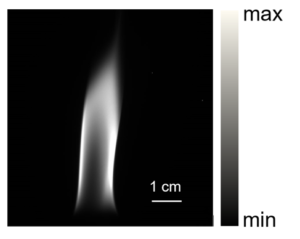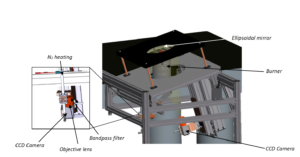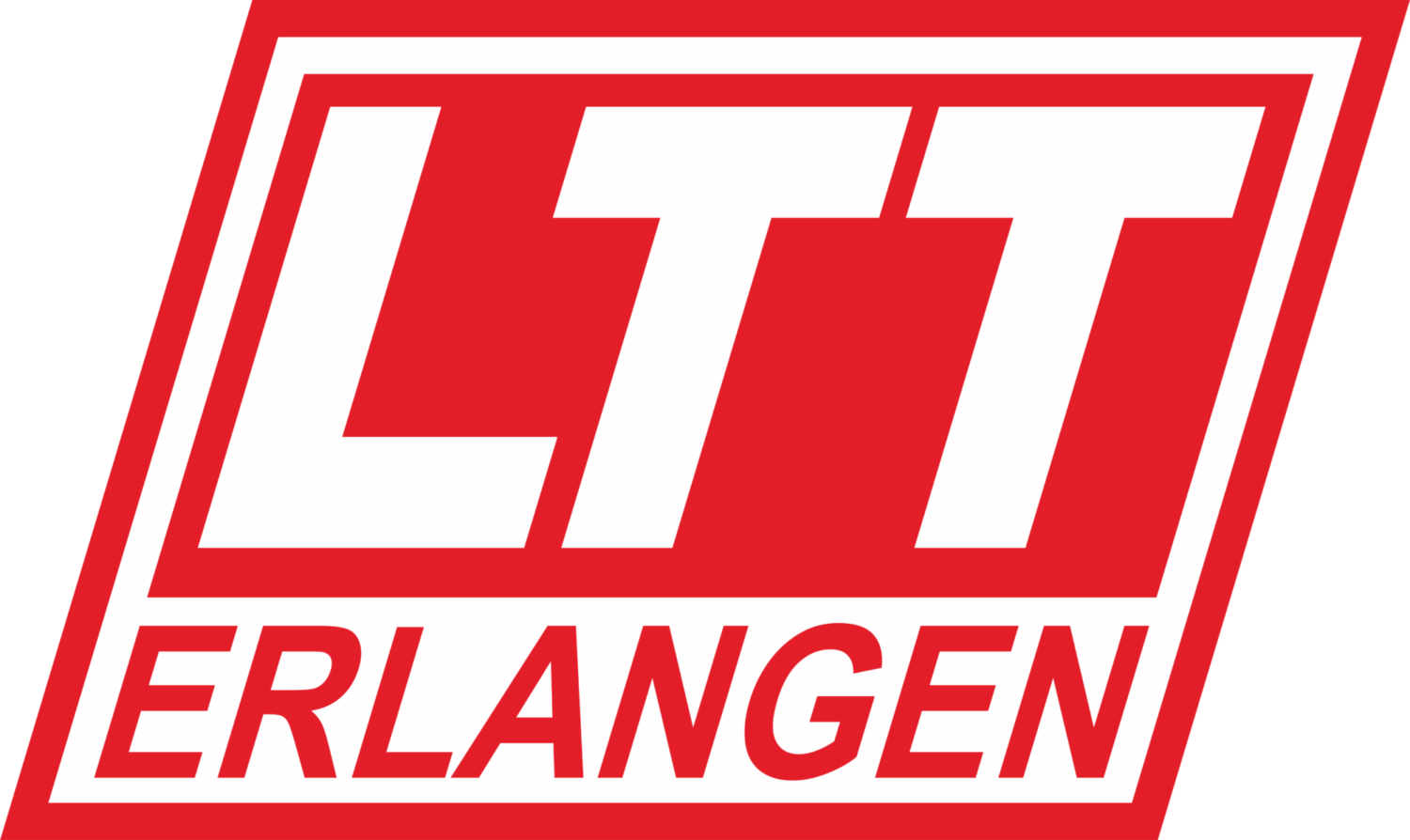EU Marie-Curie Innovative Training Network “IPPAD”, Project 1
Effect of 4500bar injection pressure and supercritical phase change of surrogate and real-world fuels enriched with additives and powering Diesel engines on soot emissions reduction


The aim of this project is the evaluation of the effects of additives on soot formation from Diesel combustion processes. For the analysis of different additives a special Diesel-burner for combustion at atmospheric pressure was designed and manufactured. The soot formation process is mainly investigated by Laser-Induced Incandescence (LII) to determine soot volume fraction and primary particle size both in a 2-D imaging and a pointwise approach. While the pointwise measurements capture local concentration and size information simultaneously with high temporal resolution, the 2-D measurements allow for the characterization of the whole flame. As the aggregate size of the soot particles also determine their health impact, wide-angle light scattering (WALS) will be used for the characterization of aggregate size and morphology. By a combination of results from LII and WALS a comprehensive particle characterization is achieved. Furthermore, the effects of additives are assessed for a spray flame in a combustion chamber using high speed-video blackbody emission imaging and LII.
For further information please click here.
Literatur
- , , , , , , :
Investigation of soot formation in a novel diesel fuel burner
In: Energies 12 (2019), Article No.: 1993
ISSN: 1996-1073
DOI: 10.3390/en12101993
